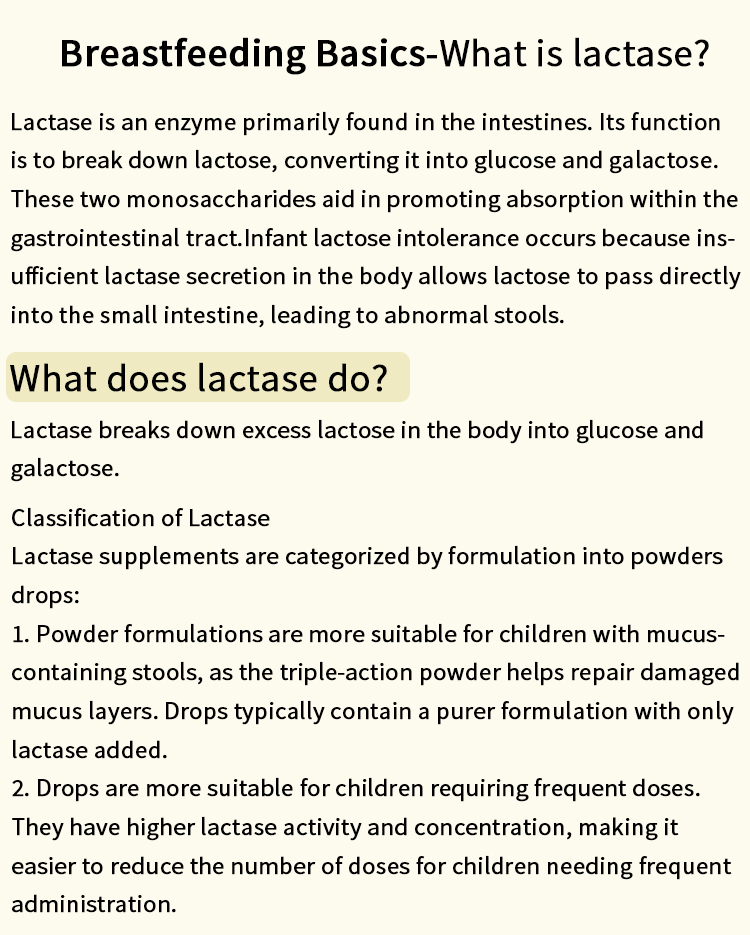In recent years, the demand for home care services has surged, driven by an aging population and a growing preference for in-home assistance over institutional care. As a result, many individuals are considering careers in this rewarding field. One of the most pressing questions for prospective home care workers is: How much does Better Life Home Care pay? This article delves into the compensation structure, factors influencing pay, and the broader implications for the home care industry.
The Compensation Landscape in Home Care
Home care agencies, including Better Life Home Care, typically offer a range of services, from personal care and companionship to specialized medical assistance. The pay for home care workers can vary significantly based on several factors, including:
- Geographic Location: Compensation rates can differ widely depending on the cost of living in a particular area. For instance, urban centers often offer higher wages compared to rural locations due to increased demand and higher living expenses.
- Experience and Qualifications: Workers with specialized training, certifications, or extensive experience in the field tend to command higher salaries. For example, certified nursing assistants (CNAs) or home health aides (HHAs) may earn more than those without formal training.
- Type of Care Provided: The complexity of care required can also influence pay. Workers providing skilled nursing care or assistance to clients with chronic illnesses may receive higher compensation than those offering basic companionship services.
- Employment Status: Full-time employees may receive benefits such as health insurance, retirement plans, and paid time off, which can enhance overall compensation. In contrast, part-time or contract workers might have higher hourly rates but lack these benefits.
Average Pay Rates at Better Life Home Care
While specific pay rates can fluctuate, Better Life Home Care generally aligns with industry standards. As of the latest data, home care aides can expect to earn between $12 to $20 per hour, depending on the factors mentioned above. Here’s a breakdown of potential earnings:
- Entry-Level Positions: New hires or those without certifications may start at the lower end of the scale, around $12 to $15 per hour.
- Experienced Caregivers: Those with several years of experience or relevant certifications can earn between $15 to $18 per hour.
- Specialized Roles: Caregivers providing specialized services, such as physical therapy assistance or care for clients with complex medical needs, may earn upwards of $20 per hour.
Benefits Beyond Pay
In addition to hourly wages, Better Life Home Care and similar agencies often provide a range of benefits that can significantly enhance overall compensation. These may include:
- Flexible Scheduling: Many home care agencies offer flexible hours, allowing workers to balance their personal and professional lives effectively.
- Training and Development: Opportunities for ongoing education and training can lead to career advancement and higher pay.
- Supportive Work Environment: A positive workplace culture can enhance job satisfaction, making the role more rewarding beyond just financial compensation.
The Future of Home Care Compensation
As the home care industry continues to grow, so too does the conversation around fair compensation. Advocacy for better wages and working conditions is gaining momentum, driven by the recognition of the essential role caregivers play in society. Organizations and policymakers are increasingly aware of the need to attract and retain quality caregivers through competitive pay and benefits.
Conclusion
Understanding how much Better Life Home Care pays is crucial for anyone considering a career in this field. While pay rates can vary based on location, experience, and the type of care provided, the overall compensation package often includes valuable benefits that enhance job satisfaction. As the demand for home care services continues to rise, so too does the opportunity for caregivers to earn a living wage while making a meaningful impact in the lives of their clients.









+ There are no comments
Add yours